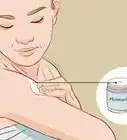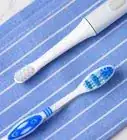This article was co-authored by Farah Khan, MD and by wikiHow staff writer, Krysten Jackson. Dr. Farah Khan is a Board Certified Allergist and Immunologist who graduated from fellowship in 2020. She specializes in asthma, food allergy, skin conditions, and rhinosinusitis care, and treats both adult and pediatric patients. Dr. Khan holds an MD from Ross University School of Medicine. She completed her Pediatric Residency training at INOVA Children's Hospital and her fellowship at Virginia Commonwealth University. Dr. Khan is an active member of the American Academy of Allergy, Asthma and Immunology as well as the Clinical Immunology Society.
There are 14 references cited in this article, which can be found at the bottom of the page.
This article has been viewed 5,120 times.
The skin care world is full of cleaners, toners, exfoliants, serums, and much much more to help your skin look and feel its best. However, there’s a fine line between the perfect routine and skin care overload. If you’ve noticed more flakiness, irritation, or breakouts on your skin, you may have damaged your skin's first point of contact—the skin barrier. Luckily, this damage can often be healed by going back to the basics. Keep reading to learn all you need to know about the skin barrier, how to identify damage, and how to fix it.
Things You Should Know
- The most common signs of a damaged skin barrier are abnormal itchiness, sensitivity, dry or rough patches, and severe breakouts.
- Skin barrier damage comes from excessive product use, allergies, unhealthy habits (ex: smoking), pH shifts, and genetic or environmental factors.
- Heal a damaged skin barrier by minimizing sun exposure and product use. Tap products gently into your skin (instead of rubbing). See a dermatologist for severe cases.
Steps
Common Signs of Skin Barrier Damage
-
1Abnormal itchiness sensitivity. Because your skin’s defenses are down, more irritants have the opportunity to harm your skin, leaving you itchy and sensitive. If you suddenly experience more skin sensitivity, you may have a damaged skin barrier. [3]
-
2Dry patches and roughness. You may notice more skin shedding, patches, or even scaly skin if your skin barrier is damaged. A barrier not at its strongest won’t be able to maintain moisture as efficiently.[4]
-
3Breaking out more frequently and severely. A damaged skin barrier will let in more acne-causing bacteria. This can mean more breakouts and harsher symptoms. The symptoms may also last much longer than is typical for your skin.[5]
Common Causes of Skin Barrier Damage
-
1Too much product. Overdoing your skin care routine can damage your skin barrier. Although active ingredients like vitamin C, retinols, and acid exfoliants have their benefits, too much can overload your skin and lead to damage.[6]
- Over-exfoliating your skin can cause major skin barrier damage. Scrubs cause little cuts, or microabrasions, in the skin barrier that compromise how well it can do its job.[7]
-
2Unhealthy habits. Smoking restricts blood flow to the skin, limiting its natural healing process and drying it out. The smoke itself exposes the skin barrier to damaging substances, as well. Other lifestyle habits that can affect the skin barrier include alcohol consumption, lack of sleep, and an unhealthy diet.[8]
-
3Allergic reaction. Coming into contact with an allergen will trigger an inflammatory response that can damage the skin barrier. You may have a bad reaction to a new product, but the irritation seems to last much longer than expected. This could mean your barrier has been damaged.[9]
- Patch test new products on less visible skin first to avoid damage over a wide area.
-
4Disrupted pH. Skin is naturally acidic, about a 5 on the pH scale. If the pH of your skin is not where it needs to be, it can’t promote good or repel bad microorganisms it comes into contact with, leaving you vulnerable.[10]
- Minor shifts in pH are normal, but too much exposure to stronger bases or acids, like soaps and chemical peels, can throw your skin’s pH too far off.[11]
-
5Genetic and environmental causes. Some causes for skin barrier damage are out of your control. Skin conditions like eczema and psoriasis damage the skin barrier. Other factors, such as living in a sunny environment and age, can also gradually damage your skin barrier.[12]
References
- ↑ https://www.ncbi.nlm.nih.gov/pmc/articles/PMC5967208/
- ↑ https://pubmed.ncbi.nlm.nih.gov/30130777/
- ↑ https://www.medicaljournals.se/acta/content/html/10.2340/00015555-3296
- ↑ https://https://www.ncbi.nlm.nih.gov/pmc/articles/PMC5608132/
- ↑ https://www.ncbi.nlm.nih.gov/pmc/articles/PMC3579484/
- ↑ https://labmuffin.com/how-to-fix-your-messed-up-skin-barrier/
- ↑ https://labmuffin.com/how-to-fix-your-messed-up-skin-barrier/
- ↑ https://www.mayoclinic.org/healthy-lifestyle/adult-health/in-depth/skin-care/art-20048237
- ↑ https://www.ncbi.nlm.nih.gov/pmc/articles/PMC5911439/
- ↑ https://pubmed.ncbi.nlm.nih.gov/18489300/
- ↑ https://pubmed.ncbi.nlm.nih.gov/18489300/
- ↑ https://www.ncbi.nlm.nih.gov/pmc/articles/PMC5608132/
- ↑ https://labmuffin.com/how-to-fix-your-messed-up-skin-barrier/
- ↑ https://labmuffin.com/how-to-fix-your-messed-up-skin-barrier/
- ↑ https://www.mayoclinic.org/diseases-conditions/dry-skin/symptoms-causes/syc-20353885
- ↑ https://nymag.com/strategist/article/best-moisturizers-for-dry-skin.html
- ↑ https://www.lovetoknowhealth.com/skin-and-body/are-ceramides-key-skin-care
- ↑ https://www.mayoclinic.org/healthy-lifestyle/adult-health/in-depth/skin-care/art-20048237
- ↑ https://www.mayoclinic.org/healthy-lifestyle/adult-health/in-depth/skin-care/art-20048237
- ↑ https://www.newbeauty.com/what-is-the-skin-barrier/
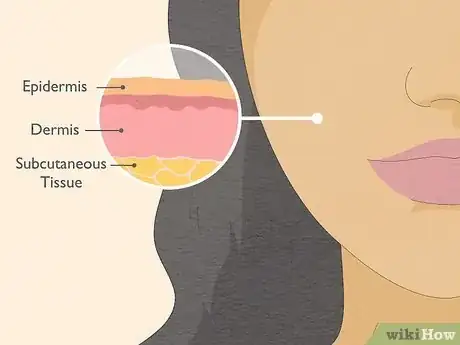

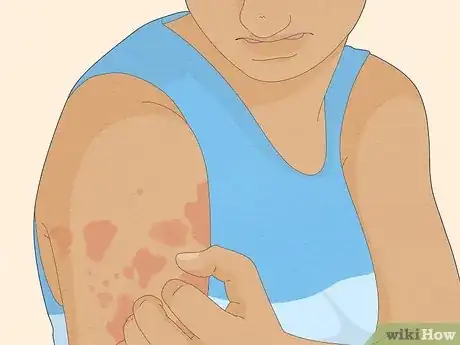

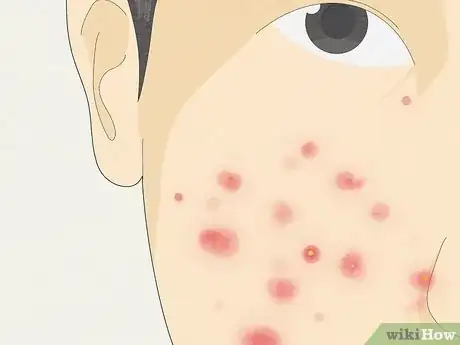
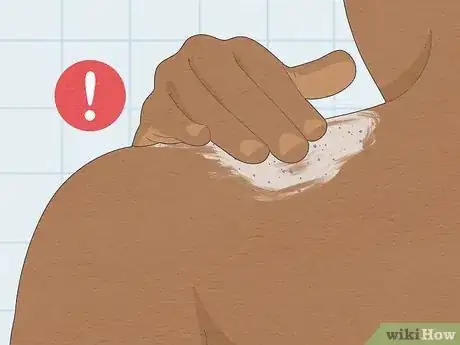
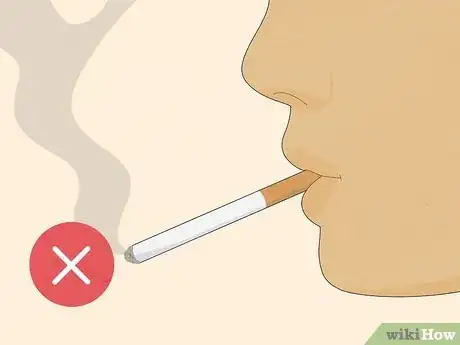
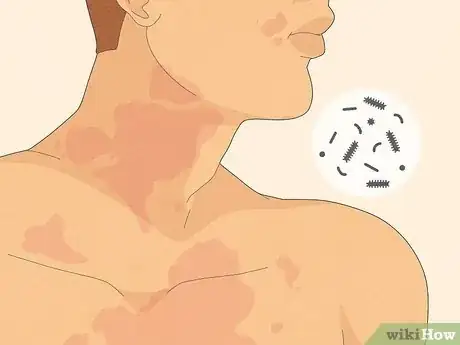
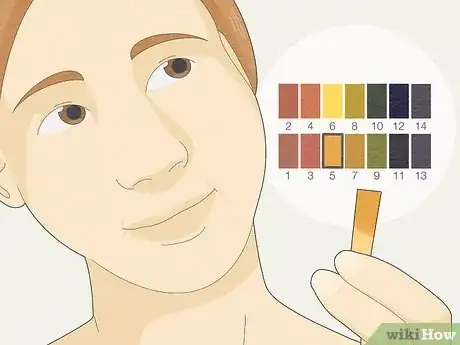
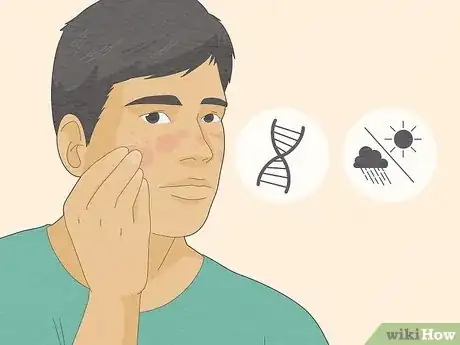
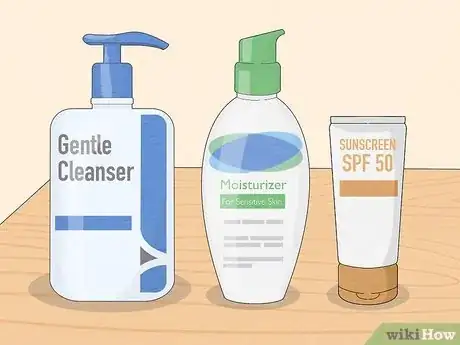
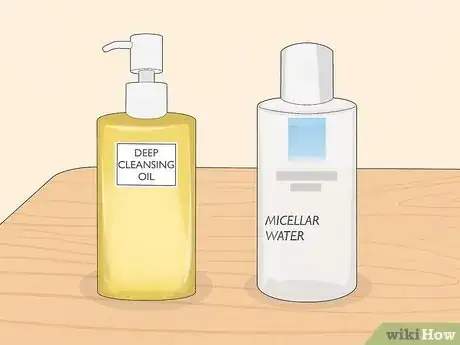
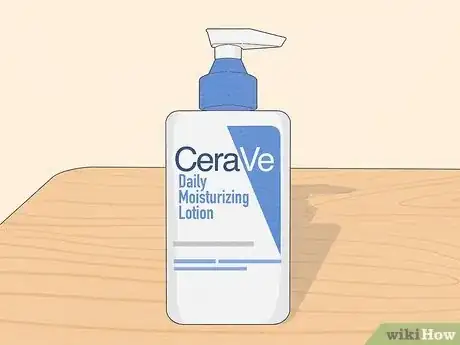

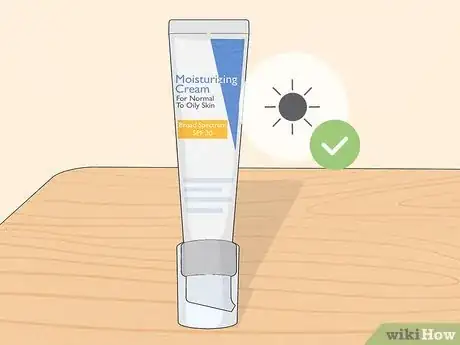
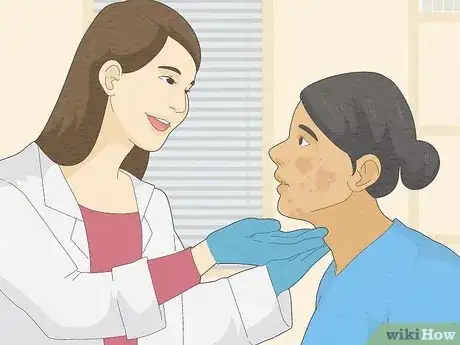

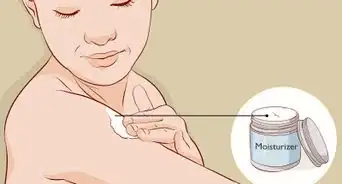
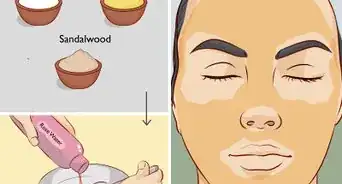



-Step-12-Version-3.webp)














